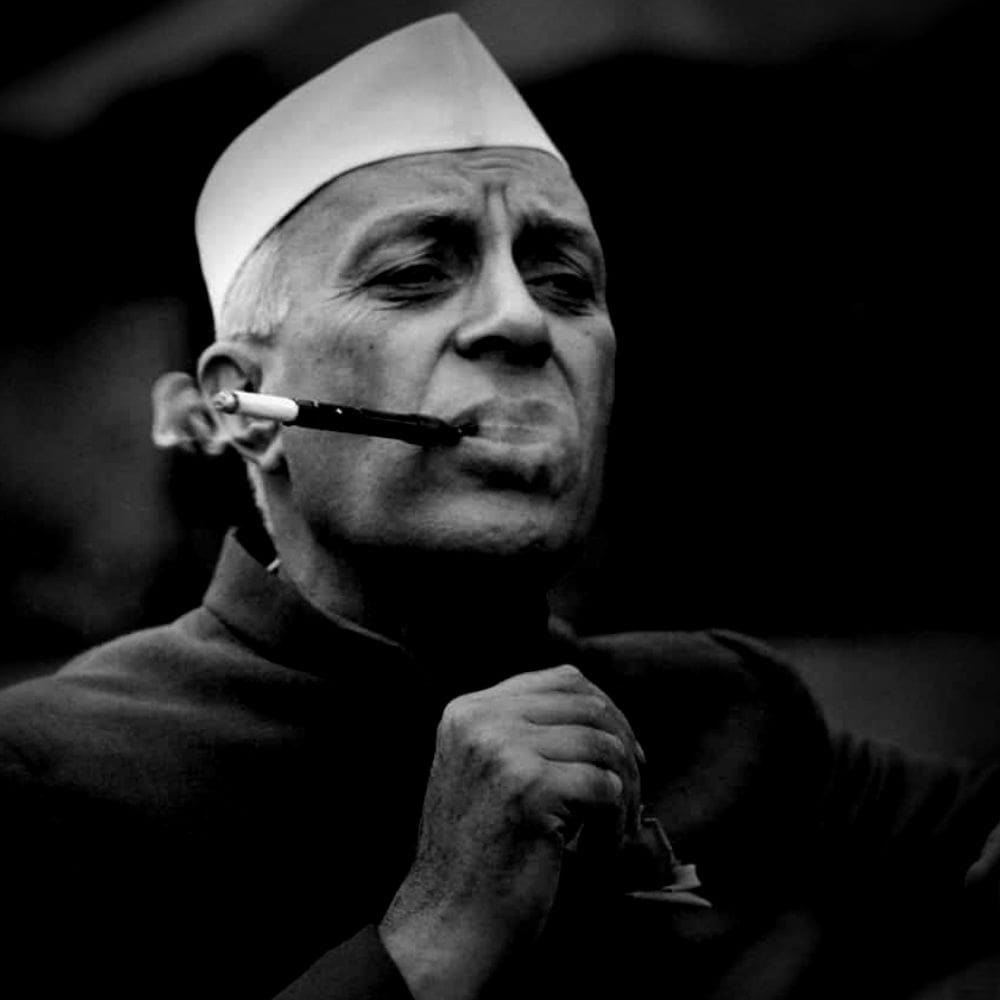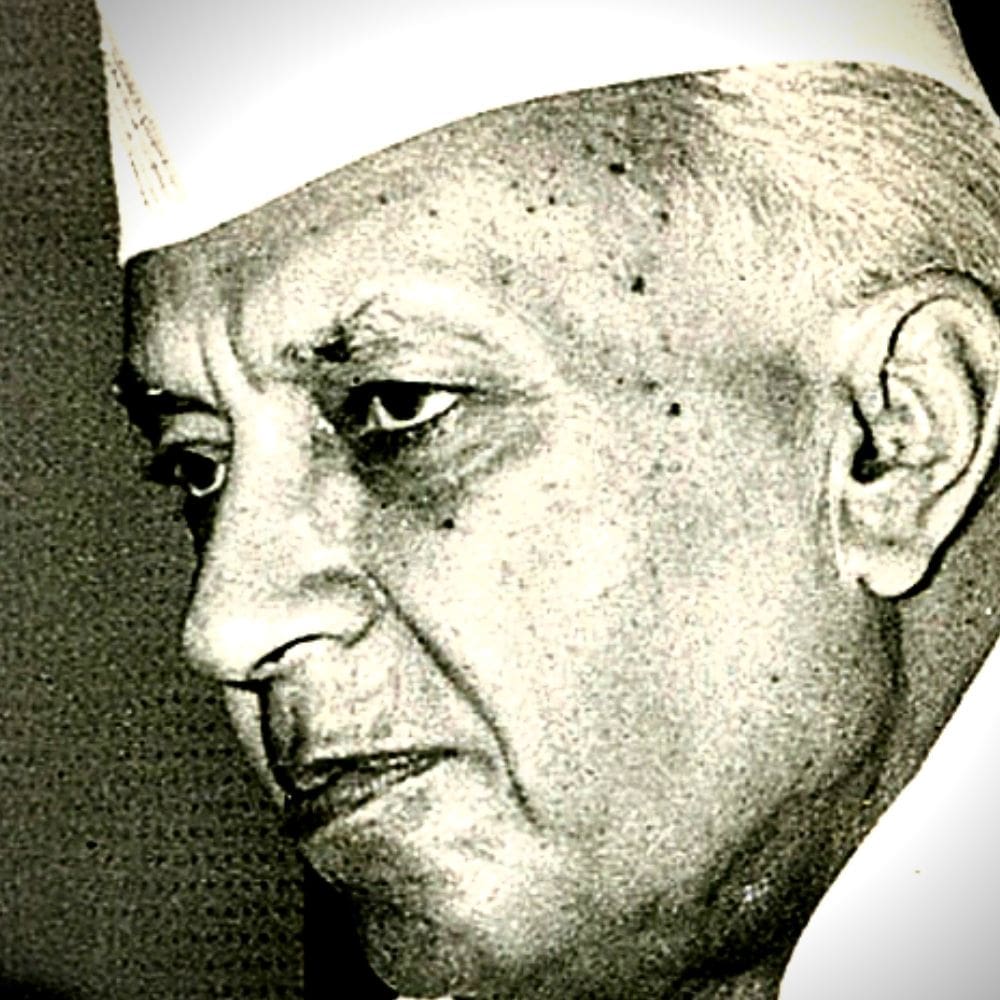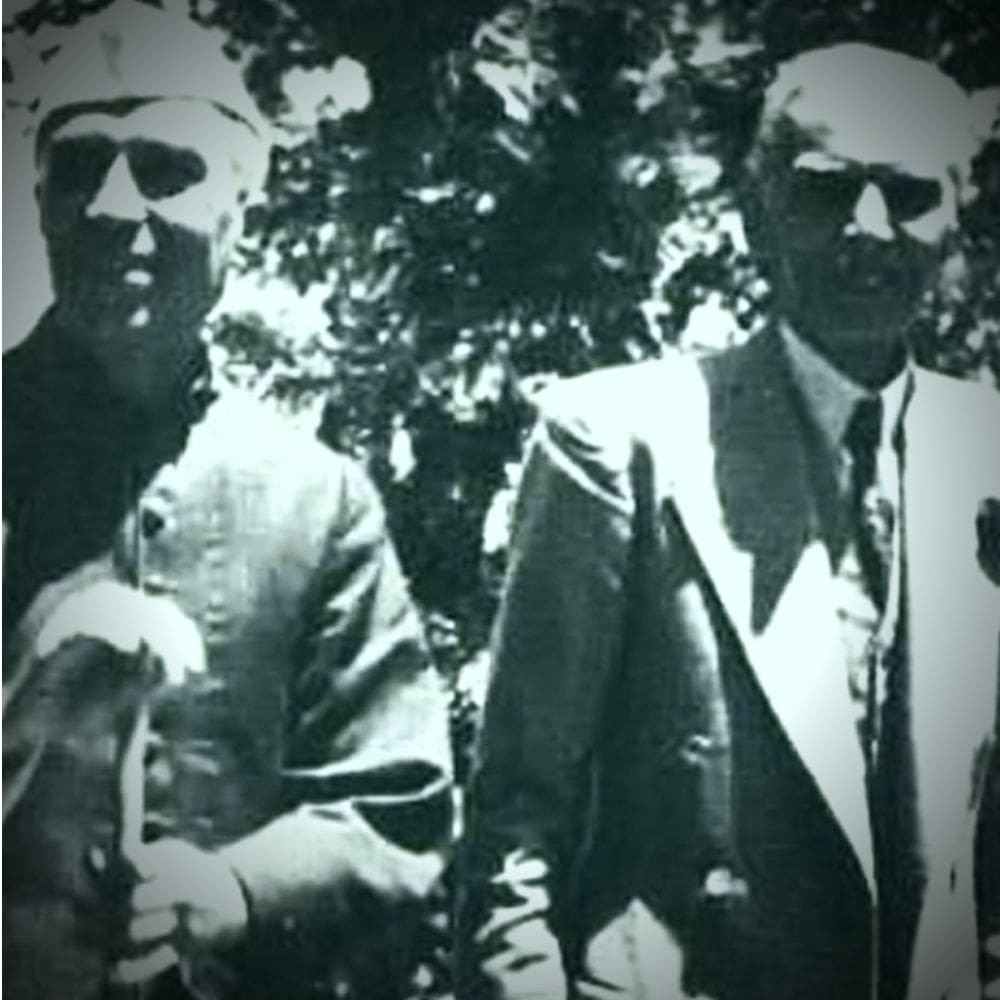ASSAM’S SECURITY COMPROMISED
With the annexation of Assam in 1826, the British brought in the peasantry from the over-populated East-Bengal for tea plantation and other purposes. The Muslim League, in order to dominate the predominantly non- Muslim Assam and the Northeast, and make it yet another Muslim-majority region, strategized back in 1906 in its conference at Dacca to somehow increase the Muslim population in Assam, and exhorted the East-Bengal Muslims to migrate and settle in Assam. The fact of large-scale migration was also noted in the Census report of 1931. Congress leaders Bordoloi, Medhi and others raised this serious issue of migration, but did not get due support from the Congress leadership at the Centre.
In the 1930s and later, when the Muslims of East Bengal (now Bangladesh) began migrating to Brahmaputra valley in Assam for livelihood, pooh-poohing the grave warnings from sane quarters, pseudo- secular, naive Nehru made an irresponsible statement: “Nature abhors vacuum, meaning where there is open space how can one prevent people from settling there?” Savarkar responded with his masterly prediction: “Nature also abhors poisonous gas. The migration of such large numbers of Muslims in Assam threatened not just the local culture but would also prove to be a national security problem for India on its north-east frontier.”
In 1938, when a Muslim League-headed coalition fell in Assam, Netaji Subhas Bose favoured a bid by the Congress to form a government. Several Congress leaders were opposed to the idea, particularly Maulana Azad. Sardar Patel backed Subhas Bose fully; and finally a Congress ministry led by Gopinath Bordoloi took office. With Bordoloi in office it was hoped that the Muslim migrations would be stemmed, and the game of the Muslim League would be defeated.
However, thanks to the unwise move of Nehru and his left supporters, the Congress ministries in the provinces resigned in 1939 (Blunder#3 above). This forced Gopinath Bordoloi to also resign in Assam, although Netaji Subhas Bose and Sardar Patel wanted the Bordoloi government to continue. This was God-sent, rather Allah-sent, for the Muslim League. Pro-British Sir Syed Mohammad Saadulla of the Muslim League, from whom Bordoloi had wrested power, again took over. With the Congress in limbo on account of the unwise surrender of power in the provinces (thanks to Nehru&Co), followed by the imprisonment of its leadership in 1942 Quit India, Saadulla ruled uninterrupted for the next seven years shoring up the Muslim base in Assam.
Saadulla brought in a Land Settlement Policy in 1941 that allowed immigrants (Muslims) from East Bengal to pour into Assam, and hold as much as 30 bighas for each homestead. He boasted to Liaquat Ali Khan that through his policies he had managed to quadruple the Muslim population in the lower four districts of the Assam Valley. In short, the demographic position became much worse in Assam thanks to the wrong decision of Nehru.
The initial British Plan of 1946 for the Indian Independence clubbed Assam and Bengal together in Group-C. Such an inclusion would have had the consequence of Assamese being in a minority, to be overruled into ultimately being absorbed in East-Pakistan. Sensing this ominous possibility, Bordoloi opposed being clubbed into Group-C, contrary to what Nehru had agreed to. With Nehru remaining unamenable, Bordoloi started mass agitation. He fought the Muslim League’s effort to include Assam and other parts of the Northeast Region (NER) in East Pakistan. The Congress Party at the national level, led by Nehru, would have acquiesced to the Muslim League had it not been for a revolt by Bordoloi, backed by the Assam unit of the Congress Party and supported by Mahatma Gandhi and the Assamese public.




